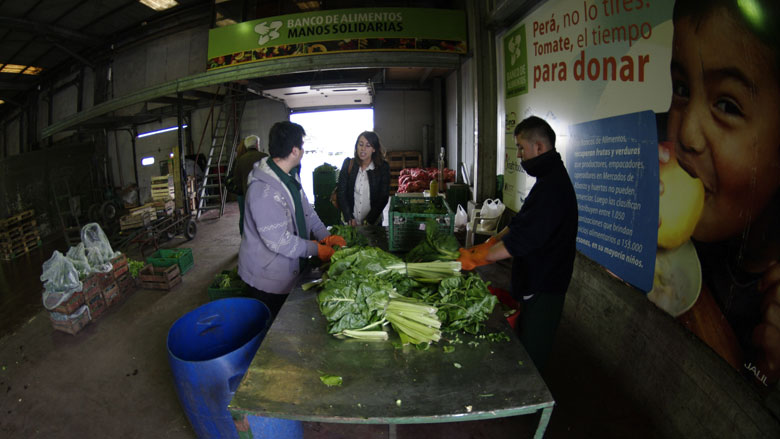You’re in the supermarket, would you leave an entire bag of food at the checkout after having paid for it? Surely not, unless by mistake. However, globally each year around a third of the total food produced – from farm and field to human consumption – ends up feeding the bin instead.
According to the FAO, consumers in economically developed countries waste some 222 million tons of food each year, enough to fill the equivalent of 2.5 football stadiums every day. What’s more, if it were a country, food which is produced but not eaten would lie in third place after China and the USA in terms of carbon dioxide emissions, releasing some 3.3 gigatonnes each year.
The full picture is one of enormous and unnecessary wastage – economically, environmentally, ecologically and energetically speaking.
“All high-income countries already have between 1.5 and two times the amount of food that they need in their shops and restaurants,” highlighted Tristram Stuart, author and food waste activist. “This attitude of continually producing more and more is mistaken. In fact, it’s one of the biggest threats to global food security in the long term,” he added.
The worst offenders internationally are the US where 40% of food bought is never eaten, and the EU. However, the problem is finding an ever firmer foothold in Latin America.
In numbers, the region is responsible for 6% of global food losses, according to the DAO. And 15% of the available food in Latin America is either lost or wasted, which means the great quantities of energy, water, land and nutrients used to produce it is wasted.
Furthermore, once thrown away, the planet keeps paying the price: as food in landfills decomposes, it produces and emits methane – a greenhouse gas 21 times more potent than carbon dioxide.
From a human perspective, throwing away food in the region is doubly wasteful – 8% of Latin Americans don’t have enough to eat.
In fact, it’s estimated that retail food waste alone could meet the nutritional requirements of over 30 million Latin Americans, 64% of those who don’t have enough to eat in the region.

